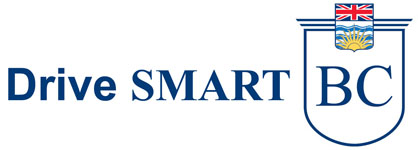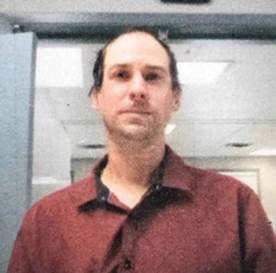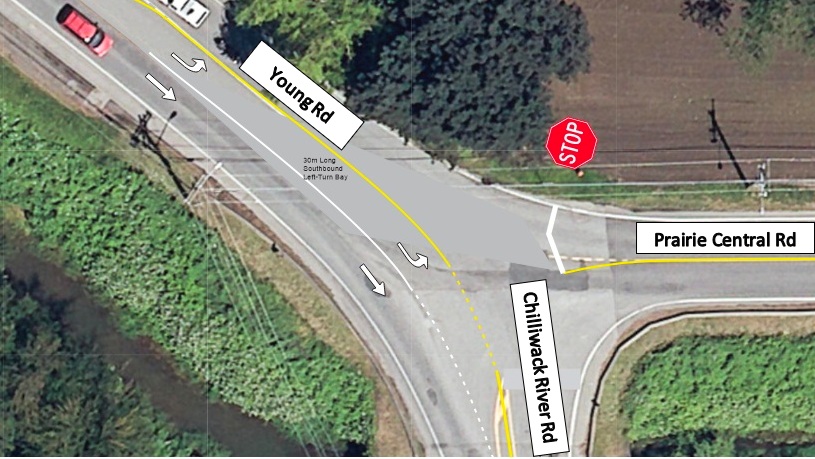I’ve been trolling through the DriveSmartBC inbox for inspiration this morning. There are a lot of odds & ends there that deserve to be mentioned. Thanks to all for these questions and suggestions.

Maureen asks about dimming high beam headlights when you are driving on a divided highway and the center barrier blocks your headlight beams from oncoming drivers. The regulations require that you dim your headlights whenever you are within 150 meters of another vehicle until you have passed or overtaken it to prevent the beam from striking or reflecting into the eye of another driver. If another vehicle is within that radius, dim your headlights.
Rosa is curious about tire blowouts and their frequency as she is not aware of any way to prevent them. Improper inflation, curb or pothole damage is likely the most common cause of failure for passenger vehicle tires. A good tire pressure gauge is worth having, even if your vehicle is equipped with a tire pressure management system (TPMS). Check regularly to insure that your tire pressure is set to that shown on the tire placard. If you hit a pavement defect and are concerned, have your tire examined by a professional at a tire center.
Deliane would like pedestrians reminded about how dangerous it is to wear dark clothing when walking at night in bad weather. She also wants to know about crossing mid-block, not in a crosswalk. If the municipality does not prohibit it in a bylaw and your yield to vehicles, jaywalking is not illegal.
Alan wants to be reminded why photo radar was taken off of B.C. roads. There is enough material to write a book on it, but I’d say that it was one of the planks in the Liberal Party platform that was acted on when Gordon Campbell was elected premier in 2001. This hot potato continues to be tossed back and forth today but like any bitter medicine, the patient needs to decide that taking it outweighs the disease. Apparently we’ve not gotten there yet.
Syd would like drivers to give their horn a tap when they are backing out of their space in parking lots. This will warn pedestrians who are not watching for lit backup lights as they approach your vehicle. ICBC says Only use the horn when it gives a useful signal to other drivers and helps prevent a crash.
Persephone is honked at when she slows down in construction zones that are posted with regulatory speed signs but no construction is taking place. Following the rules doesn’t always mean that others appreciate your efforts. The signs are in place for a reason as there are hazards present in construction zones even when workers have gone home for the day.
Sandy stops for the stop signs at E&N railway crossings and has twice been passed by drivers who overtook him without stopping themselves. Even though the chance of meeting a train or other maintenance of way equipment is slim, failing to stop properly is still illegal.
Finally, Irene was surprised to find that ICBC is not interested in hearing about speeders that she wanted to report. Her local police did not appear to be responding to her husband’s requests for more enforcement and she was trying to find another way to have drivers slow down. ICBC’s function is to insure drivers while the police and RoadSafetyBC deal with unsafe drivers. By the way, RoadSafetyBC is only interested in your unsafe driver report if the driver is medically unfit. They will direct you back to the police for anything else.
Story URL: https://www.drivesmartbc.ca/miscellaneous/odds-ends-inbox
Constable Tim Schewe (Retired)DriveSmartBC: Where better than average drivers satisfy their curiosity.






